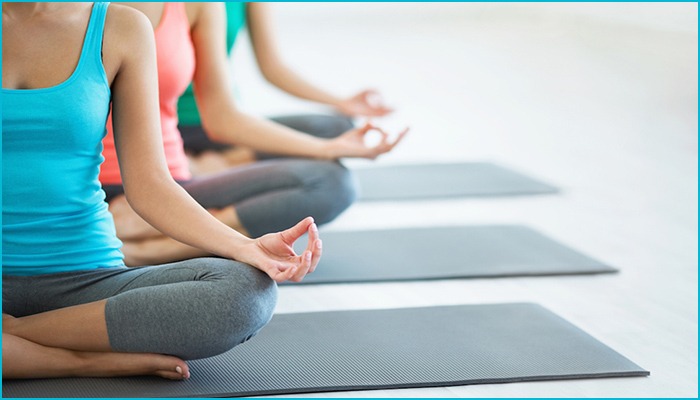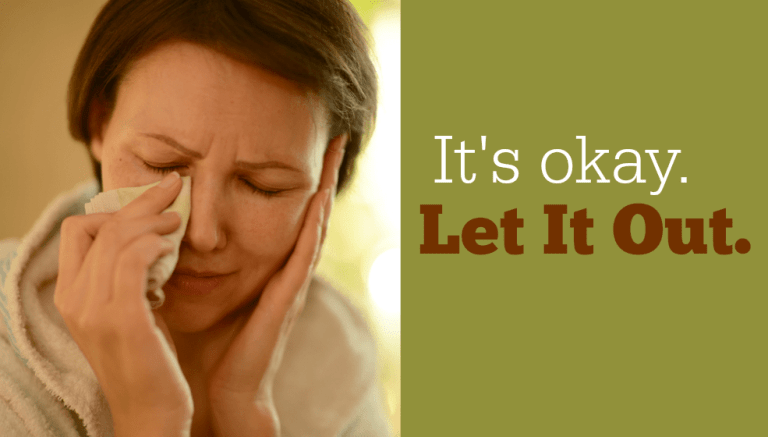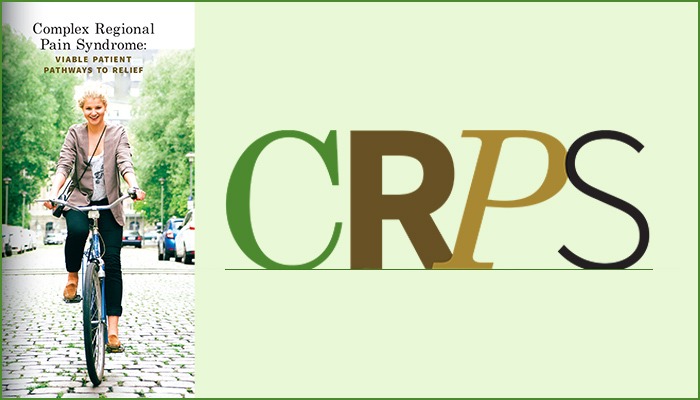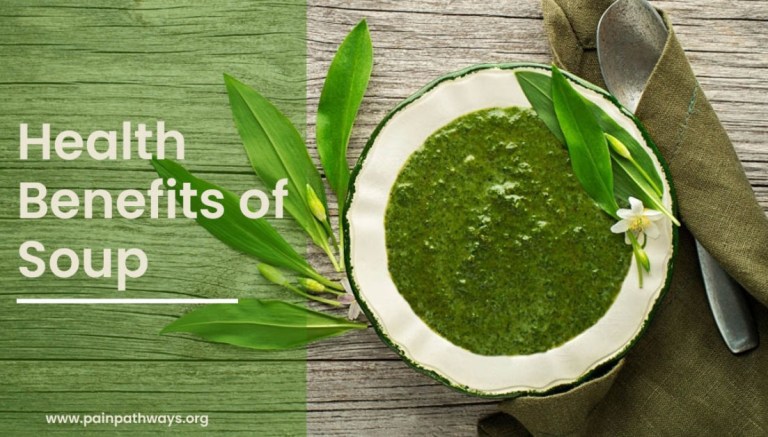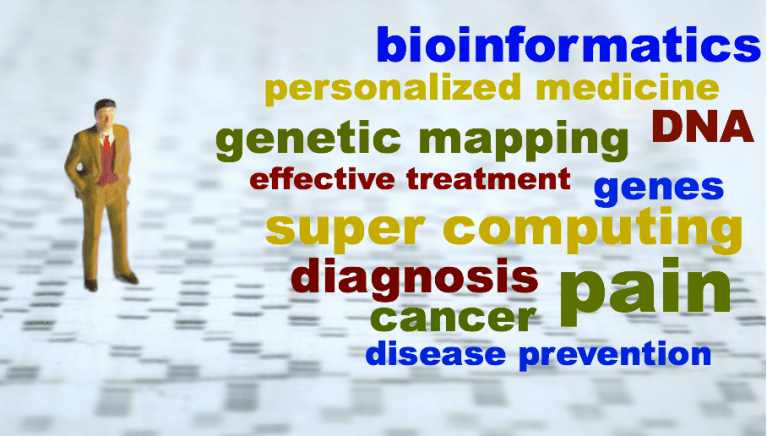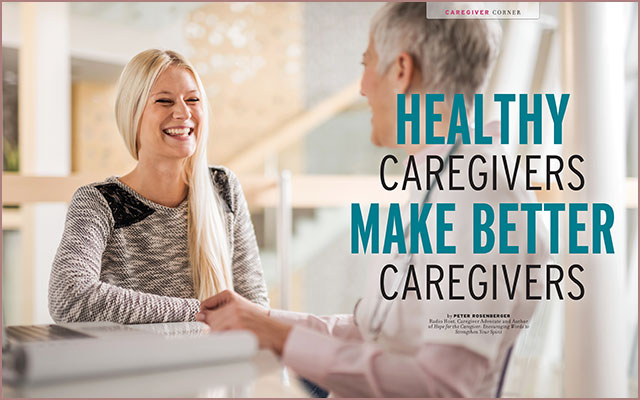Finding Support During Your Chronic Pain Journey
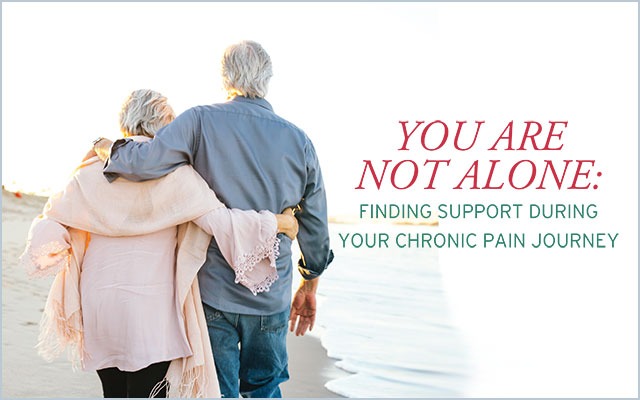
Gwenn Herman, LCSW, DCSW, a clinical social worker from Maryland, was 42 when her life was turned upside down by a car accident. The resulting whiplash turned into chronic pain and eventually fibromyalgia, migraines, myofascial pain and more.
“The emotional pain was just as bad,” says Herman, now 64. “I was short tempered, and I lost many of my friends. I physically couldn’t play with my kids, and I felt guilty because my husband was doing everything.”
Chronic pain and depression consumed her. She had multiple surgeries and tried over 40 different prescriptions, but nothing truly helped.
“There wasn’t a day that I didn’t think of killing myself,” she says.
Herman is not alone. Studies show that people with chronic pain are more than twice as likely to commit suicide as the average person. They also are more prone to depression and anxiety.
Over the years, Herman began to come to terms with her new normal. But she was shocked at how little psychological support was available for people dealing with pain. Building off her background in mental health, Herman decided to do something about it, starting a support group that met monthly at her local library. During each 90-minute meeting, she used her expertise to help attendees cope with their grief and isolation through techniques like reframing and visualization.
The group was so successful that Herman decided to take it even further. In 1999, she established Pain Connection, a network of support groups that also offers education and resources, specialized training for mental health professionals, community outreach and more.
A national network of support
To help reach even more people with pain, in May 2016 Pain Connection joined forces with U.S. Pain Foundation. Together, they now offer support groups in eight states: Connecticut, Massachusetts, New Hampshire, Maryland, Pennsylvania, Michigan, Arizona and California.
“Pain Connection gave me my life back,” says Anne Smith, a travel agency owner who lives with pain and has been connected to the Maryland support group since 2011. “Am I free of pain? No. But I am free to thrive with the techniques that I developed at my Pain Connection meetings. For that, I’m grateful. I thought I would never travel again or be able to help people to travel again.”
Smith says she is now paying it forward by offering clients insight on how to travel with their respective pain conditions.
But recognizing some people with pain may find it difficult to even get out of the house, Pain Connection also provides two monthly phone calls. Individuals can dial in from anywhere. These calls, named “Pain Connection Live,” have been extremely popular.
Each session features a different theme, as well as guided meditation. One call is held on the first Thursday of the month at 1:30 pm ET, and the second is held on the second Thursday of the month at 7:00 pm ET.
“The calls are totally free to participate in, aside from any standard costs through your phone company,” says Herman. “Anyone is invited to join in. You don’t even have to speak up—you can just listen.”
If you’re interested in checking out the support groups, more information can be found at www.painconnection.org.
Expanding their reach
With the help of U.S. Pain Foundation, Herman hopes to expand the in-person support group offerings even further this year. To do so, Pain Connection is offering three two-day trainings over the next year to teach people how to start and lead effective support groups. The trainings are in part based on a book Herman coauthored, called Making the Invisible Visible: Chronic Pain Manual for Health Care Providers.
“Learning to lead a chronic pain support group has helped to broaden my perspective when it comes to the chronic pain patient,” says Wendy Foster, a senior advocate for U.S. Pain Foundation, who helps run the Connecticut-based Pain Connection group. “With complementary therapies such as massage and acupressure, the ability to live well while dealing with pain is possible. Using guided imagery at times of stress caused by pain, or just to settle oneself at the end of the day, has been a saving grace for me. Learning these strategies has left me feeling empowered to share with others living with chronic pain.”
Herman says the trainings are essential for effective support groups. “It’s easy for support groups to become gripe sessions, and that can leave everyone feeling more depressed than when they started! Support group leaders need to be able to help guide discussions in a productive way, one that empowers people to take control of their pain, rather than letting it control them.”
Anyone can apply for the trainings, which are led by Herman. For regular applicants there is a fee to attend, but individuals who are signed up with U.S. Pain as volunteers are eligible for scholarships to attend.
Other sources of support
While U.S. Pain Foundation encourages people with pain to take advantage of Pain Connection’s free services, there are many ways to take care of your emotional health.
Here are some other options:
- One-on-one counseling. Try using U.S. Pain’s “Find a Specialist” tool to identify a mental health professional in your area, available at https://uspainfoundation.org/find-a-specialist/.
- Check out mychronicpainteam.com, a social network for people with pain where you can set up a profile and connect with others in your area.
- Download Ouchie, an innovative phone app that allows you to track your pain, set goals and interact with others with pain. More information can be found at ouchie.com.
- Explore books from fellow pain warriors. There are a number of self-help books written by people with chronic pain with advice on how to stay positive despite health issues.
- Consider signing up as a U.S. Pain advocate or ambassador. Working on volunteer projects with fellow people with pain can help you feel less alone. To join, visit https://uspainfoundation.org/get-involved/.
In addition to the above, U.S. Pain has a directory of community support groups—not just those of Pain Connection—available at uspainfoundation.org/resources/support-groups. U.S. Pain is also looking to establish Facebook support groups in the coming year.
Prioritize your emotional health
Whatever type of support works for you, the important thing is to seek it out.
“When taking care of your body requires so much time and effort, it’s easy to overlook taking care of your emotional health,” says Paul Gileno, president and founder of U.S. Pain Foundation. “But you can’t ignore it. Chronic pain makes stress and depression worse, and stress and depression make chronic pain worse. It’s a vicious cycle that you have to make a serious effort to stop.”
Like Herman, Gileno says he was deeply depressed for years after his diagnosis. He started a support group to try to connect with others and feel less alone. That support group eventually became U.S. Pain Foundation.
“U.S. Pain was created because we recognized the serious lack of resources and help for people with pain,” says Gileno. “While our programs and scope have expanded over the years, our core mission is to empower people with pain to not feel alone or worthless. We can’t take away people’s pain, but we can offer them hope.”
To learn more about U.S. Pain Foundation, visit http://uspainfoundation.org/. To learn more about Pain Connection, visit www.painconnection.org.
U.S. PAIN FOUNDATION EXISTS TO HELP ALL THOSE STRUGGLING WITH INVISIBLE ILLNESSES AND PAIN FIND EFFECTIVE CARE. TO JOIN THESE EFFORTS OR LEARN MORE ABOUT WAYS TO COLLABORATE AS A WHOLE, VISIT USPAINFOUNDATION.ORG.
PainPathways Magazine
PainPathways is the first, only and ultimate pain magazine. First published in spring 2008, PainPathways is the culmination of the vision of Richard L. Rauck, MD, to provide a shared resource for people living with and caring for others in pain. This quarterly resource not only provides in-depth information on current treatments, therapies and research studies but also connects people who live with pain, both personally and professionally.
View All By PainPathways

